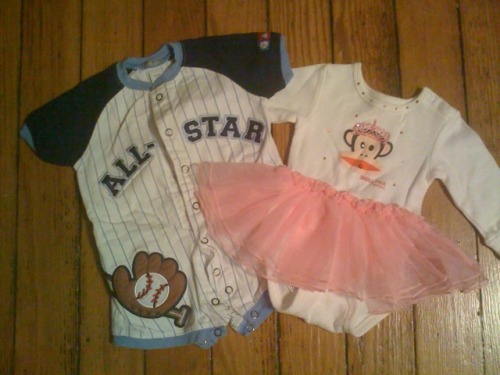There are rare moments when I read an article or listen to a recording and can’t form words to respond. Today is one of those moments and it is because you really should just listen to this recording for yourself. It’s that perfect.
The NYTimes invited four women who are at the top of their respective fields of science in for a roundtable discussion. They shared their thoughts about:
Differences between men and women in science:
TAL RABIN: Even when we do make it to the conferences, I think that there is still something different about the way that we promote ourselves.
I remember standing next to one of my co-authors, and he was talking to some other guy, and he was telling him, “I have this amazing result. I just did this, I just did that.” And I was sitting and thinking there, what result is he talking about? Until he got to the punch line. It was a joint result. It was a result of mine also. I would have never spoken about my result in the superlatives that the guy was speaking about it.
MS. KOLATA: What would you have done?
DR. RABIN: I would have said, you know, “I have this very interesting result, and we achieved very nice things.” But not “This is the best thing since we invented the wheel, and here it is.”
Having a family:
MS. KOLATA: It must be exciting for your children to grow up with a mother who has such passion for what she does.
DR. APRILE: It depends on the child. The second of my daughters used to say, “Mommy, why can’t we have dinner at 6 p.m. like everybody else?” They finally accepted these crazy hours that I had to live with.
Asking where the women are going:
DR. KING: I think the choke point is going from a postdoc to an assistant professorship to a tenure-track position. In my experience the largest remaining obstacle is how to integrate family life with the life of a scientist.
What they would say to their daughter about going into science:
DR. RABIN: The truth is that I feel differently. I think that the life of a scientist is a fantastic life. I think it is exciting because every day there is something new that you can go and think of. There are challenges, no doubt, and the times when you can’t solve things. So I think it is all a wonderful life. And not to mention even things like time flexibility, traveling around the world, meeting a lot of exciting people. I think that these are fantastic jobs.
This is the type of conversation I would have KILLED for as an undergraduate. The one faculty member I tried to have this conversation with rebuffed me. She was pretty old school, couldn’t go to Harvard with the men and it took me awhile to figure out why she wouldn’t address the gender issue. I don’t blame her either. When you build up a defense mechanism, it is hard to let it go.
What I love about the conversation are the differing opinions. As I tell my students, there are no firm answers. You gather up all the data you can and make the best decision you can. From this conversation, one can see that difference decisions all lead to some awesome science making.


 Ask me five years ago and I’d have told you I’d be first in line to challenge gender stereotypes if ever I had kids myself. I minored in feminist cultural studies! I believe boys and girls are made, not just born! But sixteen months into parenting my boy/girl twins, I’m starting to wonder how I’ll ever ensure that my boy grows up sensitive and my girl stays, as
Ask me five years ago and I’d have told you I’d be first in line to challenge gender stereotypes if ever I had kids myself. I minored in feminist cultural studies! I believe boys and girls are made, not just born! But sixteen months into parenting my boy/girl twins, I’m starting to wonder how I’ll ever ensure that my boy grows up sensitive and my girl stays, as  Are Dads Facing Discrimination at the Playground?
Are Dads Facing Discrimination at the Playground?
